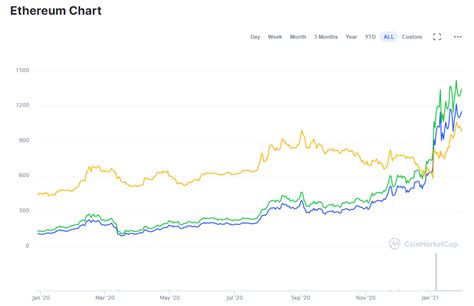Ethereum: Will the bitcoin blockchain eventually grow too large to be able to be run ‘by anyone’?
The scalability of Ethereum limits the future of a decentralized blockchain?
As the world’s largest cryptocurrency after market capitalization, Bitcoin has long been a gold standard for decentralized applications (Dapps) and blockchain projects. With its decentralized nature and the open source code, Bitcoin has enabled a number of innovative uses that changed the way in which transactions interact and implement. While Ethereum develops and expands its abilities, concerns about restrictions on the scalability of the blockchain underlying underlying are increasing.
The key to decentralization is the success of bitcoin
Decentralization itself makes bitcoin so unique and attractive. The decentralized nature of the network allows it to operate independently of the central authorities, which allows users to verify their own transactions and data. This is a basic aspect of Bitcoin’s promise: as long as there are no mediators or centralized units that regulate the middle flow, the blockchain remains a safe, transparent and manipulation system.
The challenges of scaling
Although decentralization of bitcoin’s success is essential, it is a significant challenge for scalability. The current consensus algorithm (POW) used in Bitcoin has restrictions on processing high transaction quantities. This results in slow transaction times, high charges and lack of real -time payments, and there are important obstacles to many users.
Ethereum examines alternative dimensioning solutions to overcome these restrictions. The most noteworthy is the Ethereum 2.0-upgrade, also known as Serenity, which aims to interpret the network as a consensual salgorithm of Proof-OFF Of Street (POS) and increase its scalability through more efficient transactional validation processes. However, this update has been a few more years before it is feasible for many users to leave the waiting and lake approach.
Ethereum scalability
**
Although the 2.0 update from Ethereum is an exciting development, it raises significant questions about the scalability of the network. Because each block requires about four minutes for computing power to check transactions (a relatively small part of time that Bitcoin has to process as a single block), the current POS consensus algorithm can be overloaded and slowly overloaded.
In addition, the POW mechanism from Ethereum (the workplace) is based on mining, which requires significant energy consumption and is criticized for its environmental impact. It is also expected that the increasing difficulty in solving complex mathematical problems for validating transactions will continue to slow down the network.
The future of blockchain scalability
While Ethereum has further developed and refined its dimensioning solutions, it is important to consider the broader effects on the introduction of the blockchain. While some developers can build their applications on Ethereum instead of Bitcoin due to scalability concerns, others can see the potential benefits of the decentralized platform, which have significant scalability benefits.
In recent years, blockchain-based projects, such as Polkad and Solana, have shown stunning scalability features that show that scalable blockchain networks can be created without affecting decentralization. While Blockchain ecosystem develops, we can wait for more innovative solutions to develop, compensating for scalability through decentralization.
Diploma

Although a fundamental aspect of Bitcoin’s decentralization is a fundamental aspect of success, the challenges arising from scalability restrictions are significant and far from resolving. However, as Ethereum further innovates and improves its dimensioning solutions, it is likely that more and more users are forwarding their application on this platform.